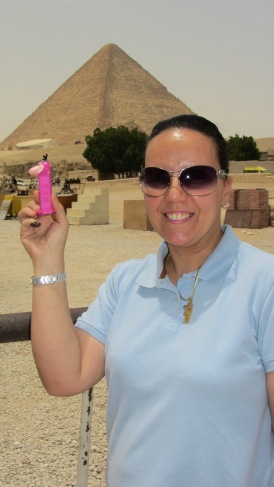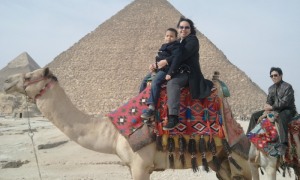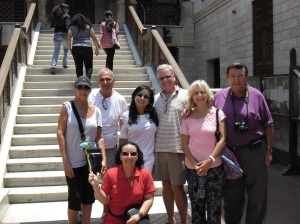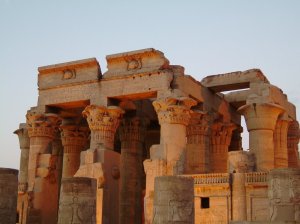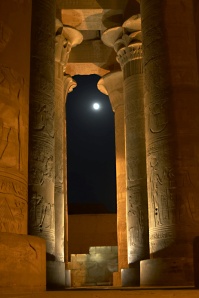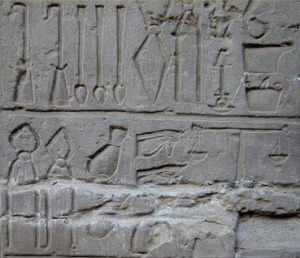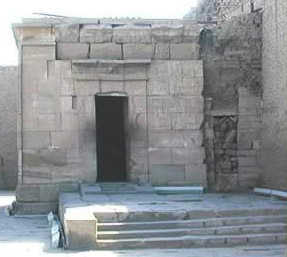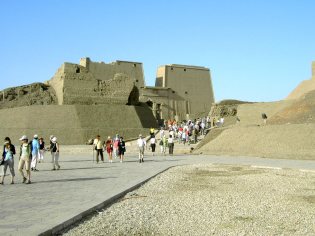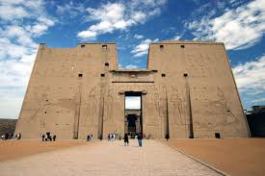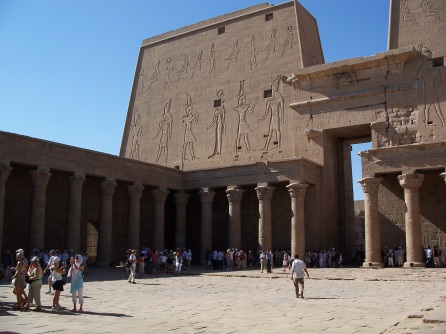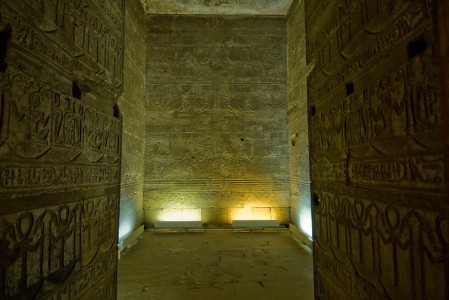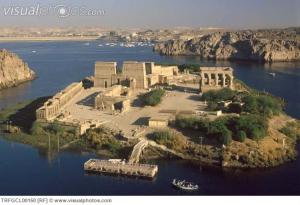 It is crystal clear that Luxor city is a main destination and to the very top of tourist list in Egypt; it has 1/10 of the monuments of the world, so it is the largest and finest open-air museum all over the world.
It is crystal clear that Luxor city is a main destination and to the very top of tourist list in Egypt; it has 1/10 of the monuments of the world, so it is the largest and finest open-air museum all over the world.
In the ancient Egyptian times mistakenly known as the pharaonic time, specifically 1500 BC the capital moved to the South, to a city called Thebes (means the good / divine land) while its modern name is Luxor drove from the Arabic wordAlksoor means the palaces referring to its temples .
The political and military importance of the city faded during the Late Period, replaced by other political capitals in Northern Egypt, such as Bubastis, Sais and finally Alexandria.
However, as the god Amon-Ra city, Thebes remained the religious capital of Egypt until the Greek period that is why we found and still finding monuments dates back to the Greek and Roman periods.
To enjoy your time to the max in Luxor ; Nile river cruise is highly recommended either for 3 or 4 or 7 Nights according to your time and your budget where you will visit the highlights of that amazing city ;
Karnak temples the second largest ancient religious site in the world that form a mix of decayed temples, chapels, pylons, and other buildings. One famous aspect of Karnak is the Hypostyle Hall in the Precinct of Amun-Re, a hall area of 50,000 sq. ft. (5,000 m2) with 134 massive columns arranged in 16 rows. 122 of these columns are 10 meters tall, and the other 12 are 21 meters tall with a diameter of over 3 meters
Luxor temple also is a must see site it is a testimony to the history of the continuous history of Egypt, beginning from the 18th dynasty (1570 BC) of Ancient Egyptian rule to 1400 AD when a mosque was built-in the complex to commemorate Abu Al-Haggag, who introduced Islam to Luxor.
Temple of Edfu city is landmark; it is the best preserved temple in Egypt dedicated to the falcon god Horus.
Also the temple of Kom Ombo is an unusual double temple built during the Ptolemaic dynasty, 180-47 BC for 2 sets of gods.
Valley of the Kings on the western bank is a valley where, for nearly 500 years from, tombs were constructed for the Pharaohs and powerful nobles
where, for nearly 500 years from, tombs were constructed for the Pharaohs and powerful nobles
There are much more to talk about but I’d rather leave you thinking about visiting Egypt in the near future than taking about it.

![764[1]](https://egypttravelgateway.files.wordpress.com/2014/03/76411.jpg?w=300&h=222)
![767[1]](https://egypttravelgateway.files.wordpress.com/2014/03/7671.jpg?w=300&h=225)

